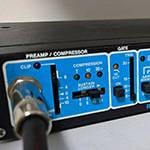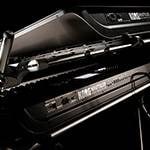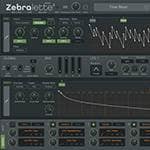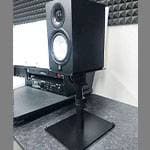Effects pedals are indispensable for enjoying tones on an electric guitar. Without them, you can only enjoy the sound of the amp or the raw sound of the strings. They’re a “magic box” of sound processing attachments that can be just as unique as the instrument itself. There is even a story about a legendary guitarist who always carried his favorite effects pedal in his right hand during live rehearsals for fear that they would get lost or stolen.
Of course, there are also guitarists who play straight through the amp during live performances and sessions. However, it is normal to add some effects to recordings. For example, there’s spatial effects. It’s quite normal to add reverb and delay to give depth to the sound.
What is certain is that professional recordings require the use of effects pedals that are free from noise to the extreme.
I'm sorry to say that this is an old example, but if you listen to hard rock albums from the late 1970s to the 1980s, you will notice that modulation systems, especially flangers, are used in a lot of flamboyant ways (from the ones I can remember…Van Halen, Saxon, Exciter, Anthem, Rainbow ...... and many others).
I think that effects pedals are the reason why electric guitar is so much fun and they have really progressed the instrument. It is said that guitarists in particular will always be after distortion systems and chorus.
Sound House carries about 4,500 such guitar effects pedals, including peripherals. This number may not sound like much, but if you consider that the average music store is limited to displaying only a few hundred units in its show windows, Sound House is able to display its entire inventory in its stores to the point where guitar effects pedals could fill the entire floor of a large music store. That's a huge number.
When I started playing guitar, there were only a few dozen effects pedals makers in Japan and abroad. Nowadays, there are so many that even experts cannot keep track of all the types and numbers. Today, many different types of effects pedals are being developed and produced around the world on a daily basis.
I love distortion effects pedals . I started out with the BOSS SD-1 overdrive and DS-1 distortion, then moved up to the HOT CAKE, which cost about three times as much, and I finally acquired six of them, which is enough to buy an imported guitar. I have also purchased six distortion effectors this year, enough to buy an imported guitar.
Since I started playing the electric guitar, I must have purchased at least 50 distortion effects pedals. I have bought and sold them repeatedly, and now I own 11 distortion effects pedals. I know there are even better guitarists out there. There is always someone better. Some have so many effects pedals that they fill up their rooms, and some even make their own effects pedals with soldering irons in their hands.
Many guitarists have had mixed experiences with effects pedals in their ownership history. Many have purchased effects pedals based on the advertising in a magazine, only to find that it didn’t suit them or that they felt duped when they were not allowed to try it out with the appropriate guitar and amp at a music store. It is also not uncommon for people to make impulsive purchases, thinking that because a product is well-known, it is a “masterpiece”.
I have updated wah pedals, octavers, delays, reverbs, etc., but I continued to pursue distortion systems, which I was most interested in.
Because of this, there was a limit to what I could do with the information I could get from the effects pedal sections of music stores, guitar magazines, and my musician friends.
This was more than 10 years ago. I happened to notice several compact books by the side of the effects pedal section.
The name of the book was THE EFFECTOR BOOK.
It is a relatively thin book, but it is packed with color photos and professional text. When I first picked it up, I was flabbergasted at how extreme it was. My first impression was that it was a 100% pure effects book.
Flip through the pages of THE EFFECTOR BOOK and you will find color photographs of not only the effects pedal itself, but also its internal circuitry in great detail. The book is a perfect example to get into the mindset of wanting to take apart the contents of a mechanical object, or wondering what goes on inside.
In an interview with the writer, he also talks about the secret story of how he devised this product. You can learn about the unknown aspects of your effects pedal and become even more attached to it.
In addition, the structure of the effects pedal is explained, and you learn the roles of the parts. This will help you understand the selling points of each effects pedal.
It’s as if you were acquiring knowledge from an experienced clerk at a music store. This is an ideal book for guitarists who cannot easily see for themselves the assortment of products at a specialty store.
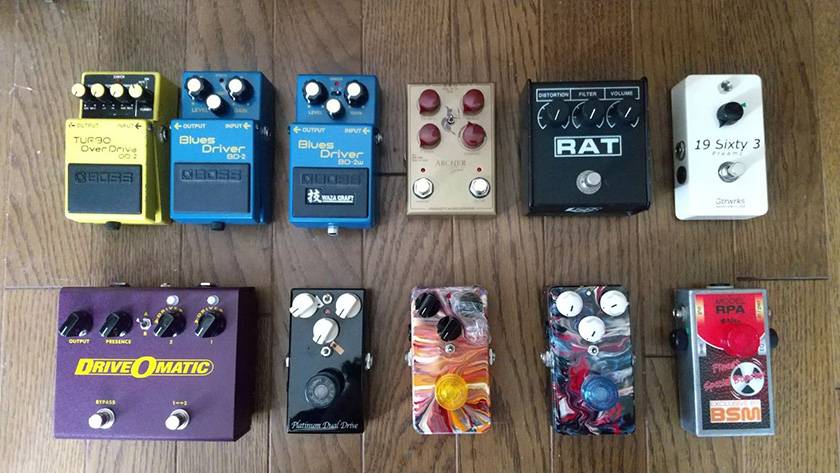
Ownership of distortion effects pedals. The two on the far right are boosters, the two in the second row from the right are distortion pedals, and the remaining seven are overdrives.
The two BOSS blues drivers were purchased after I carefully read THE EFFECTOR BOOK.
In July of this year, I purchased a special edition of Centaur. I knew that the market for the original Centaur was becoming more than 1,000,000 yen, and I knew I had to have one Centaur distortion effect pedal.
Among the centaur distortion effects pedals sold at Sound House, I recommend The Archer Select by J. ROCKETT AUDIO DESIGNS.
J. ROCKETT AUDIO DESIGNS / THE ARCHER SELECT
The Archer Select has a wide variety of sounds, with seven selectable clipping diodes that determine the overtones of distortion. The settings range from subtle to powerful. Of course, there is also a Centaur mode. It is not only a booster, but it also has a beautiful, high-quality overdrive tone like when an exciter is applied, which is wonderful. It distorts so pleasantly that it is more suitable for use as an overdrive than as a booster.
Some of these diodes may become rare in the future. This is a pedal that is too good to be dismissed as a geeky effects pedal with a selection of diodes.
The fact that it's “on order” also makes me want to own one. My favorite distortion effect pedal is the best purchase I've made in the last five years.
Then I learned about the history of Centaur along with its internal foundation and grasped the Centaur distortion products. After that, I could understand why this sound is favored, and it gave me a hint for my purchase.
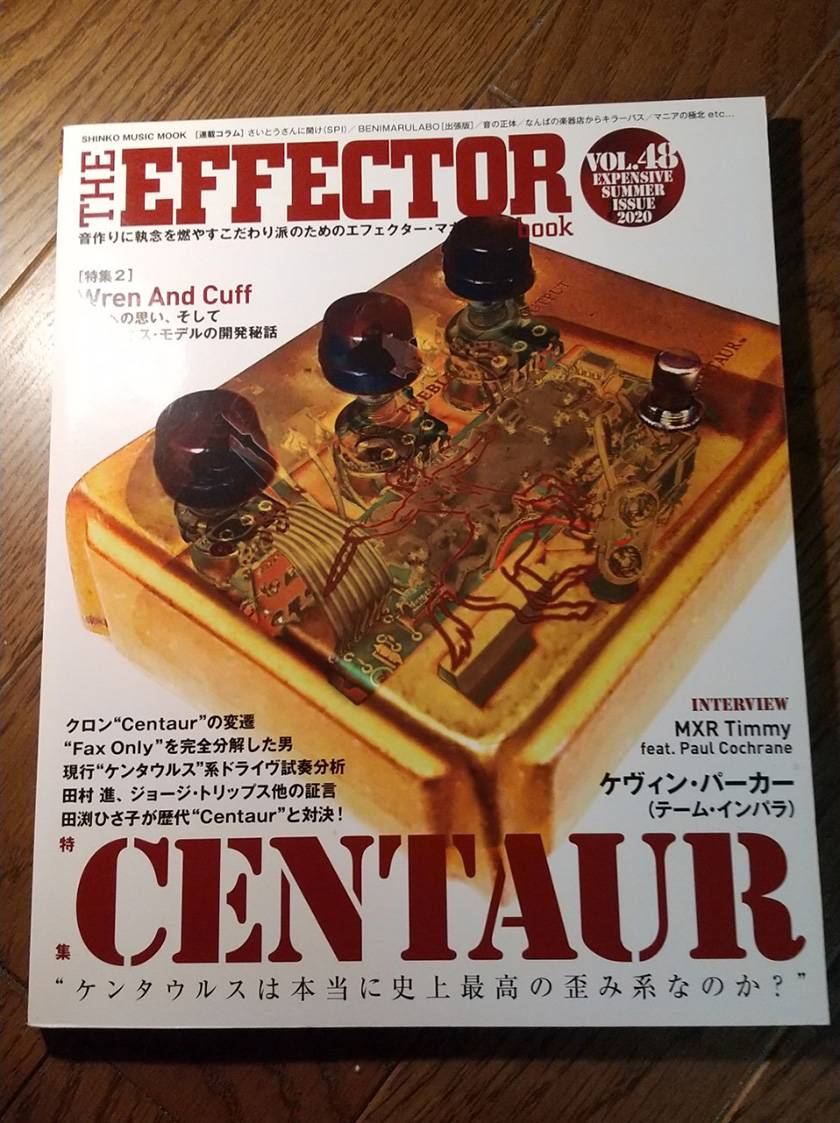
A special feature in Centaur. By looking at the photos of Centaur's internal circuit board, I could understand the transition through the ages and the characteristics of its sound.
< Here is also recommended! >
Faithfully reproduces the Centaur sound and design!
WARM AUDIO / Centavo Overdrive
This book does not come with a CD or DVD, so there is no sound source. However, the book's detailed explanations with text and detailed photographs and its profoundly detailed contents will make the price of the book more than worth its price. The text is written by first-rate writers who can be trusted. In this day and age, using it in conjunction with YouTube and other Internet resources is a godsend.
This book is mainly found in the sheet music section of music stores. It is not likely to be found in general bookstores.
In principle, the book features the effects pedals illustrated on the cover, but if you are interested in them, you will not regret buying this book. If you like effects pedals, this book will surely become your favorite book.
It is difficult to describe tones in words. This book achieves that as much as possible.
A special issue on popular effects pedals is also available at Sound House. Why don't you search for THE EFFECTOR BOOK and get the special issue on the effects pedals you are interested in?
Finally, here is a list of distortion effects that Sound House carries and there are many that I would like to get my hands on next.
SHIN'S MUSIC / DUMBLOID SPECIAL
This is a high-end effect pedal made in Japan, where you can feel the originality of the knob. The original Dumble amp cost over 1,000,000 yen each and was only available to top musicians. In recent years, the Dumble genre of distortion has been established, and it is expected to slowly come into the limelight in the future. The EFFECTOR BOOK has a feature article on the DUMBLE type, and this is one that I personally think is worth paying attention to.
It was a long time ago during the fall of 1989 when I was strolling to see a live performance at a pedestrian paradise in Harajuku, I heard an incredibly emotional sound. It was the band Shigeo Nakano, a leading expert in Jimi Hendrix covers. He was playing “Little Wing” and ad-libbing endlessly. This machine was at his feet. It had a wonderful tone, and I bought one second-hand right away. When I inserted the batteries, I was surprised at the small number of parts used in the internal circuit board, but the unit price of the parts is very high due to the use of many hard-to-find parts. The battery is a sturdy metal unit that can be used safely in live performances. The exterior design is also unique and SO COOL.
The sound pressure is far beyond the category of compact effects. And, the distortion is as “thick and deep” as possible. Moreover, this model also has subtlety, depending on the guitar and the way it is played.
This model is also famous for being used by Stevie Raybourn.
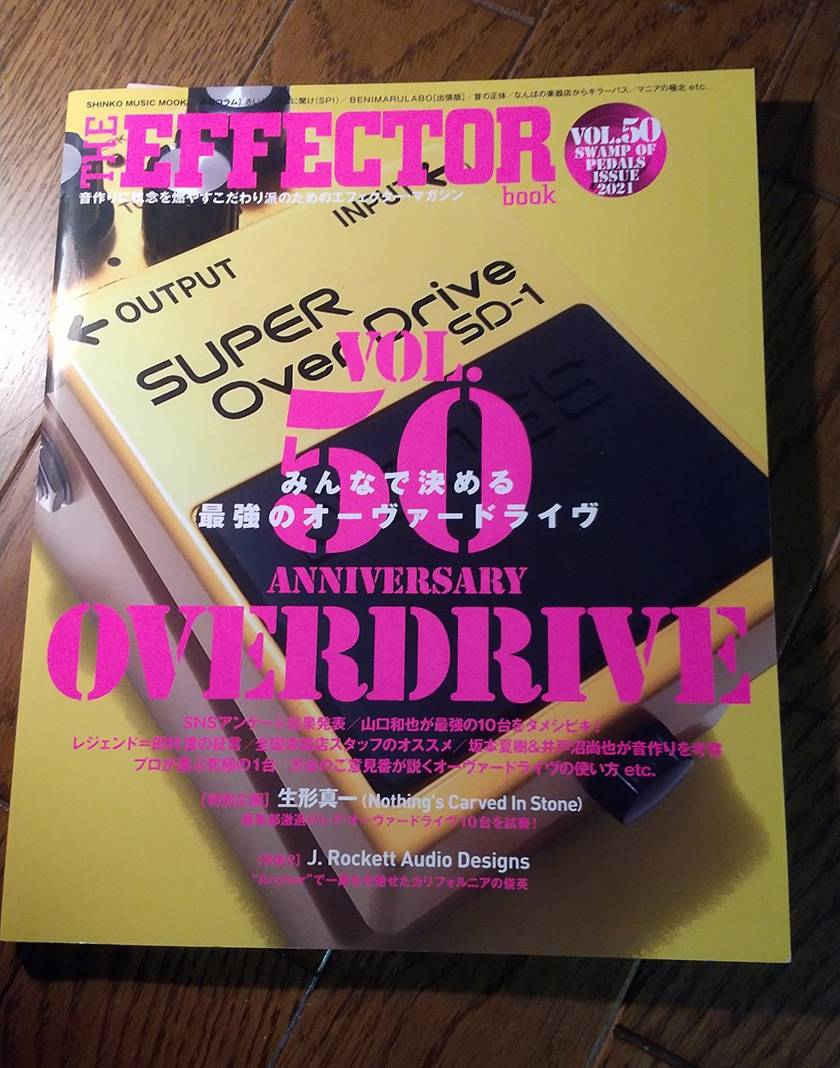
The “50th Anniversary Overdrive” feature. The popularity vote for overdrive collected on Twitter is interesting. It is not only a collection of votes, but also an analysis of how to use it, which is helpful for purchasing it.
The “sound & person” column is made up of contributions from you.
For details about contributing, click here.





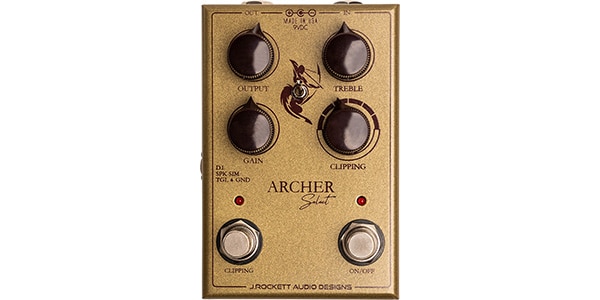
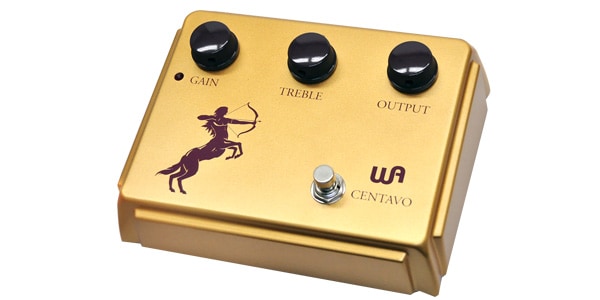
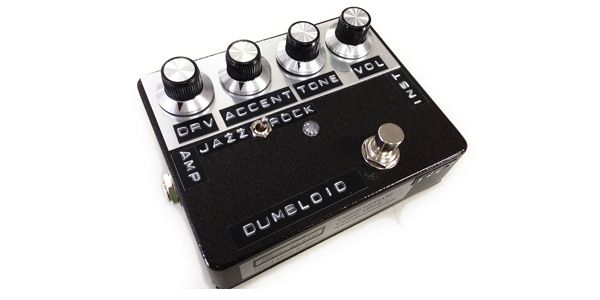
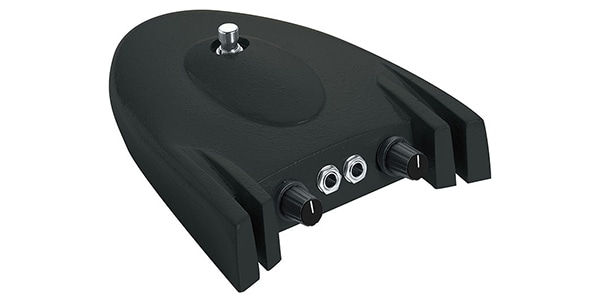





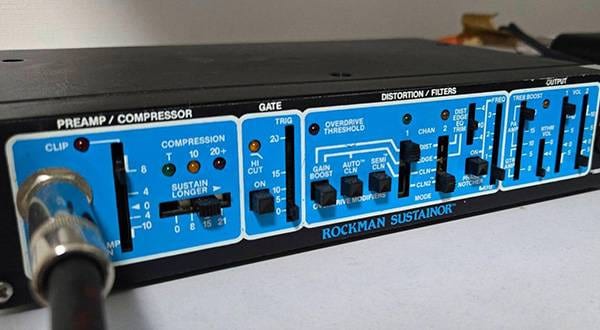
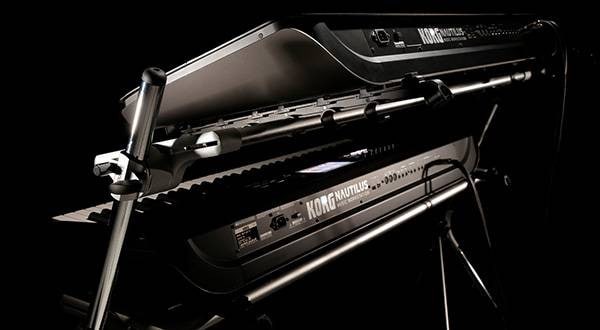

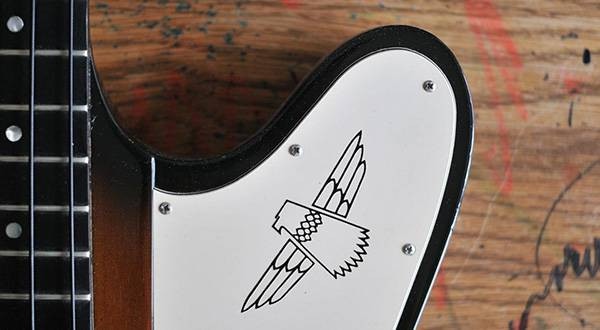
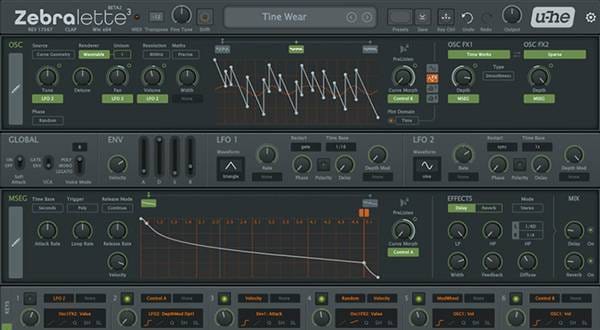
![[New for 2025] Top 10 Recommended Overdrive Pedals!](/contents/uploads/thumbs/2/2022/8/20220801_2_18812_1.jpg)
![[Latest for 2025] The 10 Best Effects Pedals for Guitar Beginners!](/contents/uploads/thumbs/2/2022/5/20220526_2_18129_1.jpg)
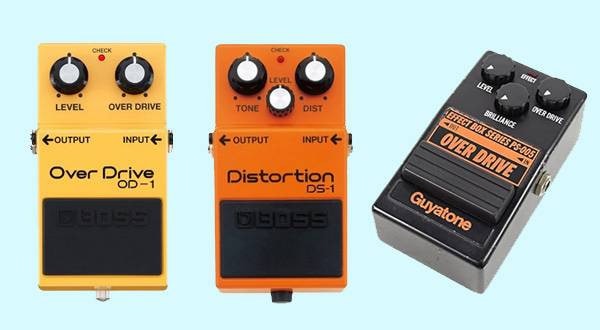
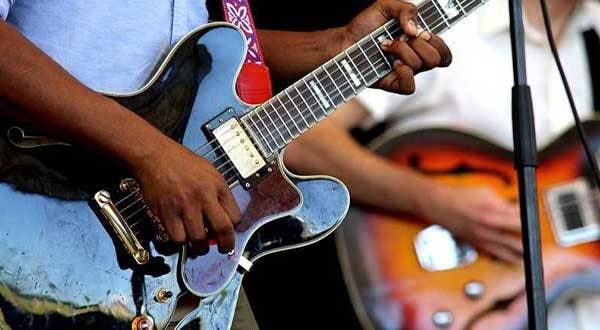
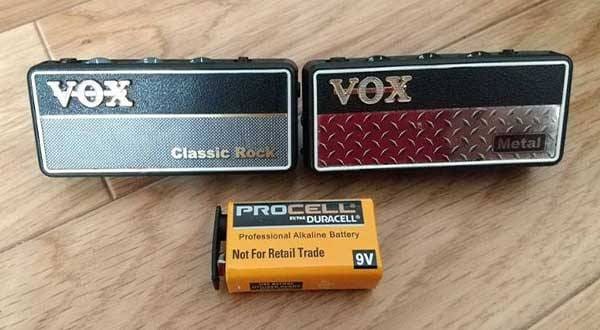

 【初心者向け】エフェクター講座
【初心者向け】エフェクター講座
 あなたのエフェクターボード見せてください
あなたのエフェクターボード見せてください
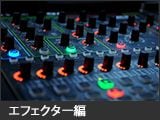 エフェクター編
エフェクター編
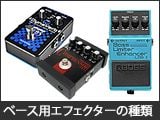 ベース用エフェクターの種類
ベース用エフェクターの種類
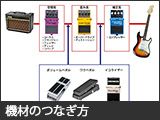 エフェクターのつなぎ方
エフェクターのつなぎ方
 エフェクターの種類
エフェクターの種類
